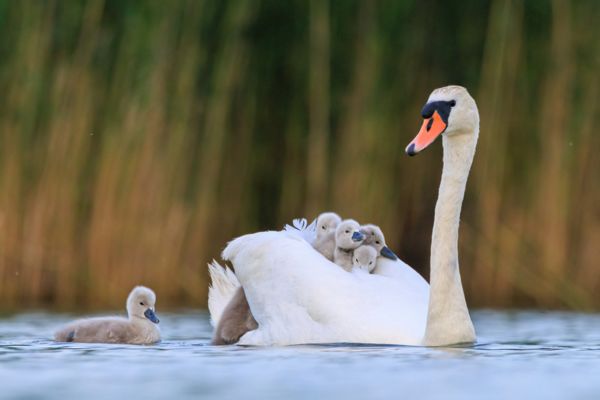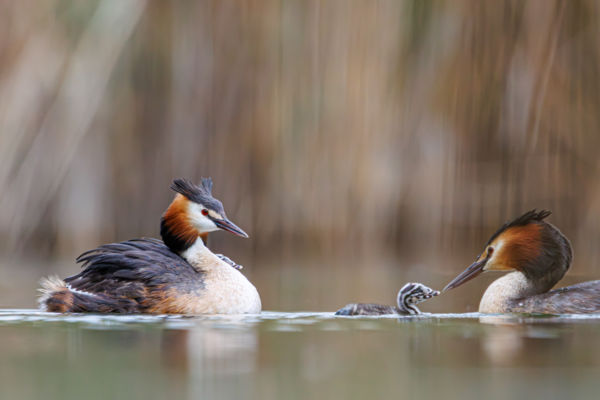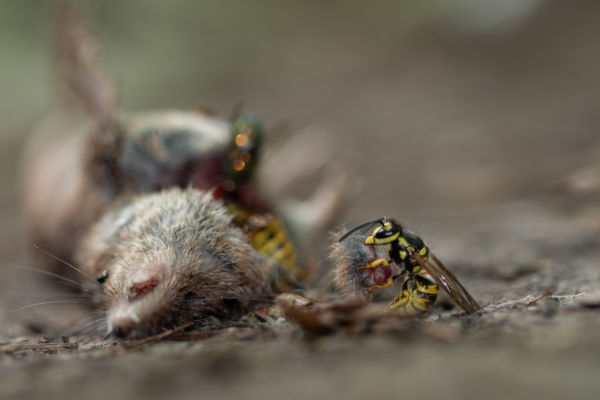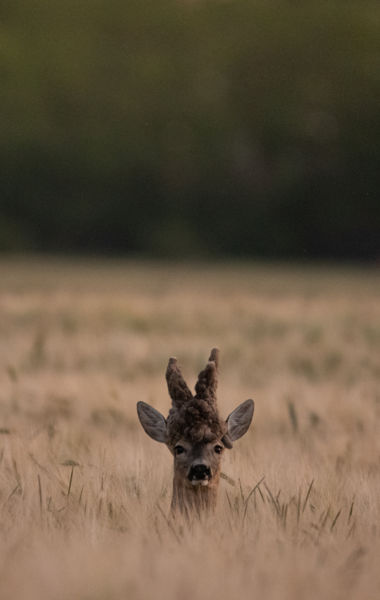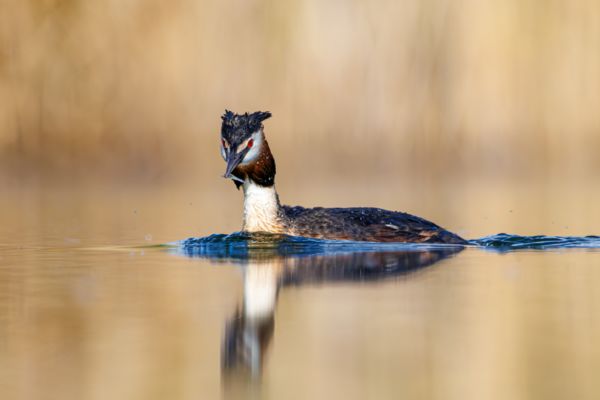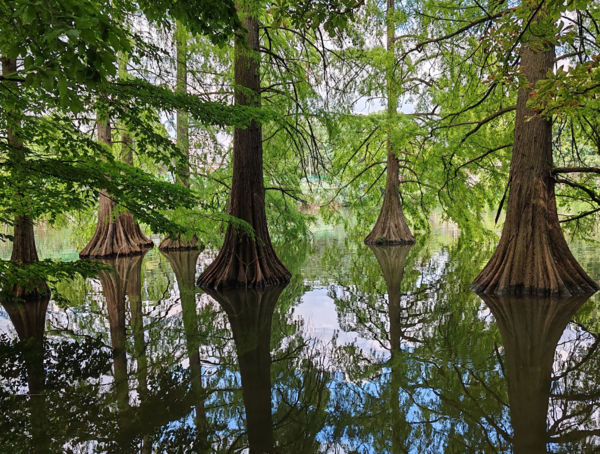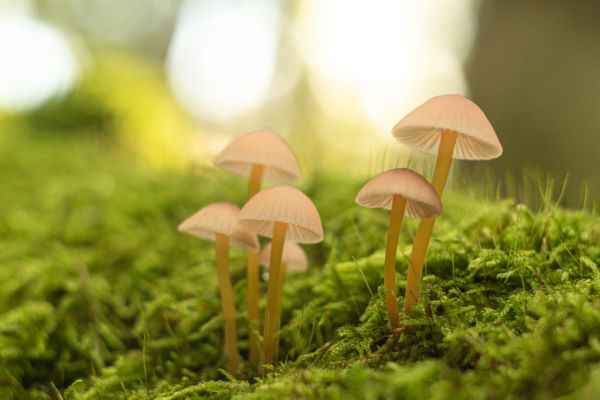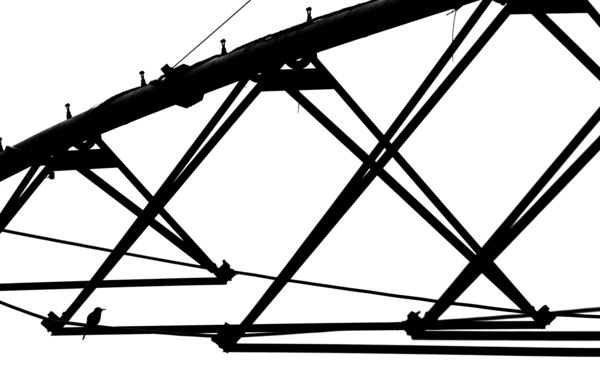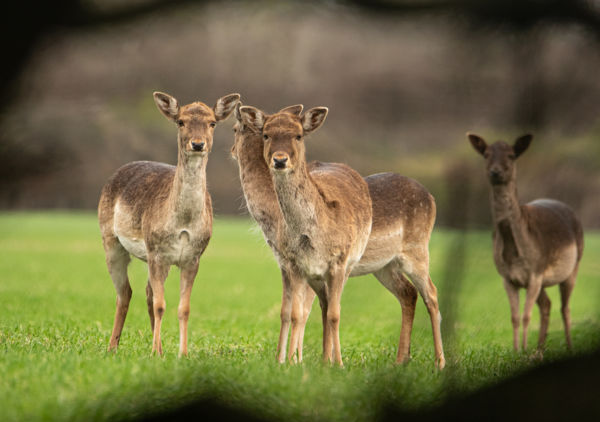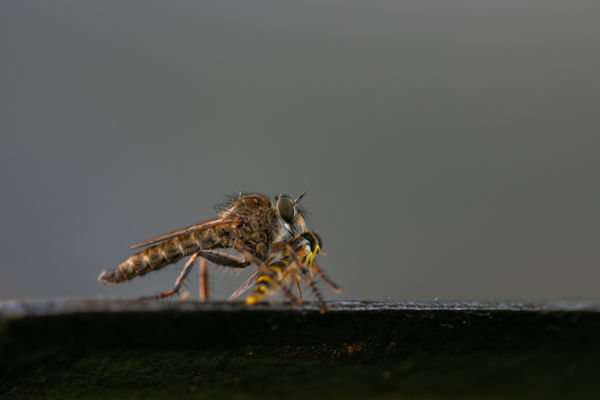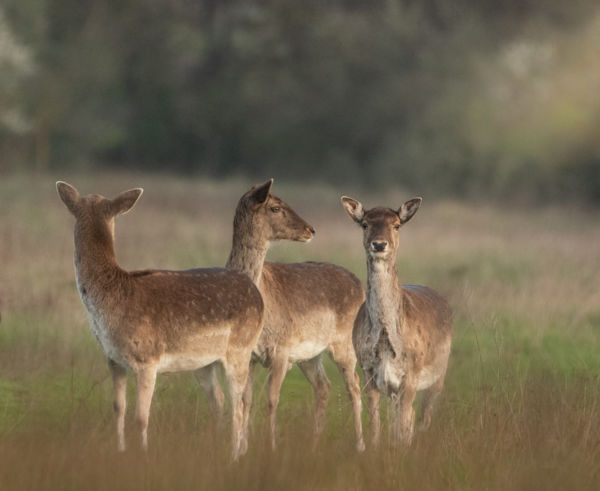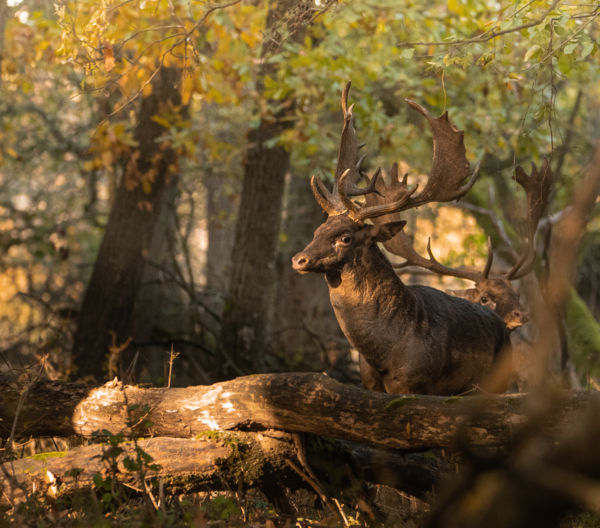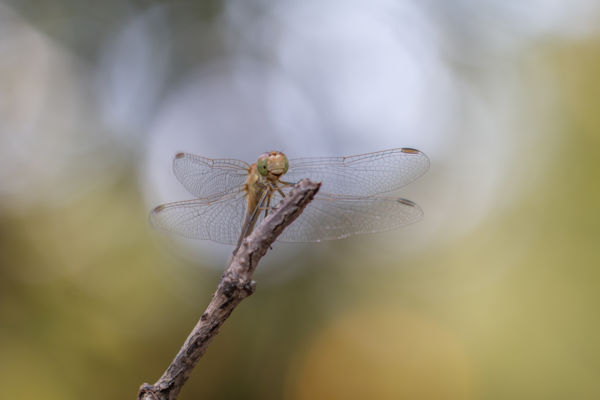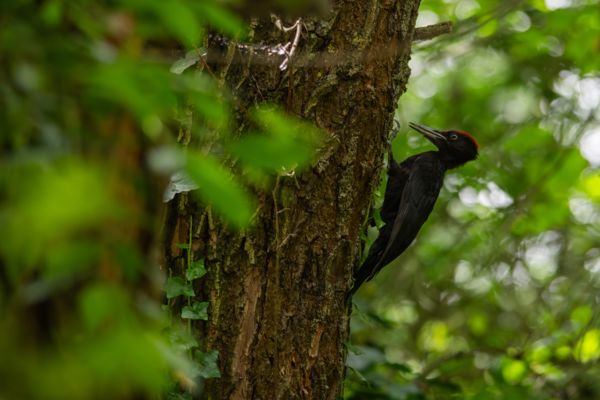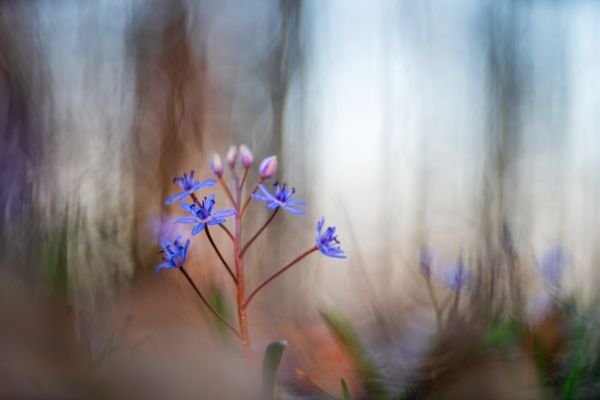The National Park was established in 1997. Its area is almost 510 km². The headquarters of the directorate is in Szarvas.
The peculiar landscapes of the south-eastern part of the Great Plain hold several natural assets of national and international importance. The biogeographic circumstances, along with the several millennium-long activities of the rivers (the Körös rivers and the Maros) have created such a unique landscape structure that uniform conservation management is now essential for its maintenance. The area of the park consists of two larger blocks. One of them, the Körös Region includes the former Nagy- and Kis-Sárrét in Békés County, while the other is the Békés-Csanád loess ridge that has one of the most productive soil types of Hungary. One of the main priorities of the park is to efficiently conserve the expansive salt steppes and marsh relicts as well as the remaining patches of natural and semi-natural woodlands. To this end, the Dévaványa-Ecseg Puszta, the Kis-Sárrét, Cserebökény and the Körös Floodplain are all protected as part of the national park. The most viable population of the great bustard lives here, in the northern part of Békés County, in the outskirts of the settlements of Dévaványa, Szeghalom and Bucsa. The directorate established a protected Great Bustard Site near Dévaványa. The wetlands of the southern part of the Tiszántúl Region are of prominent importance for the large number of birds crossing the Carpathian Basin on migration. Lake Fehér of Kardoskút, the Biharugra Fishponds and the marshes are all part of the international network of wetlands under the Ramsar Convention.





